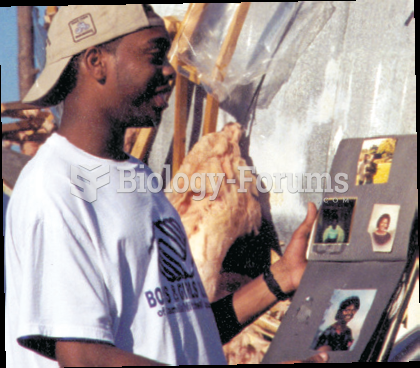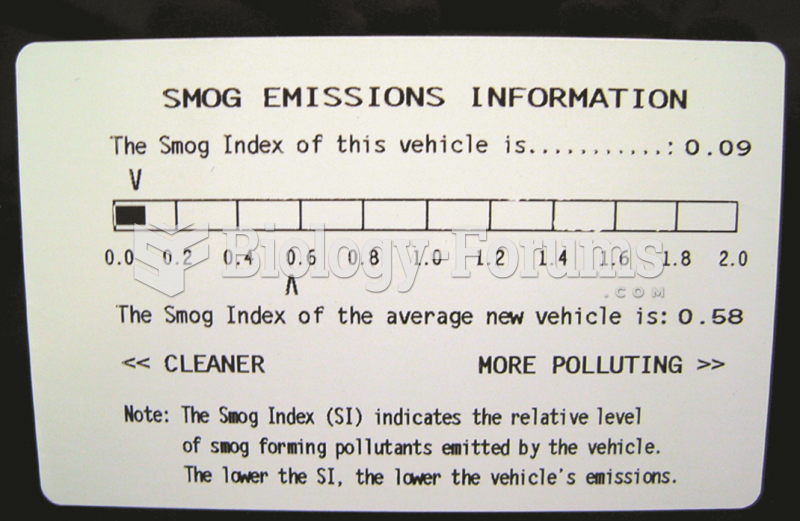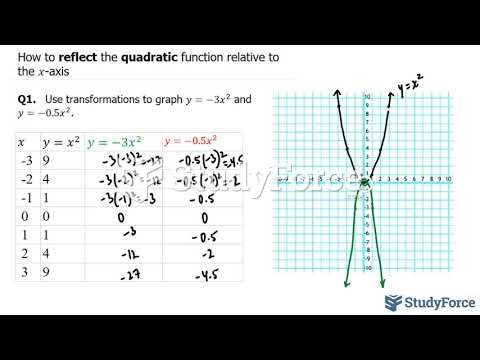Answer to Question 1
Religion plays a fundamental role in society and affects even those who do not practice or even believe in organized religion. Religion refers to a unified system of sacred beliefs and practices that encompass elements beyond everyday life that inspire awe, respect, and even fear.
Divisive conflicts along religious lines are muted in the United States compared with those in, say, the Middle East. Although not entirely absent, conflicts about religion in the United States seem to be overshadowed by civil religion. Civil religion is the religious dimension in the United States that merges public life with sacred beliefs. It also reflects that no single faith is privileged over all others. Civil religion exists alongside established religious faiths, and it embodies a belief system that incorporates all religions but is not associated specifically with anyone.
The Roman Catholic Church, despite its ethnic diversity, has clearly been a powerful force in reducing the ethnic ties of its members, making it also a significant assimilating force. Unlike the various Protestant churches that accommodated immigrants of a single nationality, the Roman Catholic Church had to Americanize a variety of linguistic and ethnic groups. The Catholic Church may have been the most potent assimilating force after the public school system. Comparing the assimilationist goal of the Catholic Church and the current diversity in it leads us to the conclusion that ethnic diversity has continued in the Roman Catholic Church despite, not because of, this religious institution.
Research has consistently shown that denominations can be arranged in a hierarchy based on social class. Members of certain faiths, such as Episcopalians, Jews, and Presbyterians, have a higher proportion of affluent members. Members of other faiths, including Baptists, tend to be poorer. Of course, all Protestant groups draw members from each social stratum. Nonetheless, the social significance of these class differences is that religion becomes a mechanism for signaling social mobility. A person who is moving up in wealth and power may seek out a faith associated with a higher social ranking.
Protestant faiths have been diversifying, and many of their members have been leaving them for churches that follow strict codes of behavior or fundamental interpretations of biblical teachings. This trend is reflected in the gradual decline of the five mainline churches: Baptist, Episcopalian, Lutheran, Methodist, and Presbyterian. With a broader acceptance of new faiths and continuing immigration, it is unlikely that these mainline churches will regain their dominance in the near Future. Although Protestants may seem to define the civil religion and the accepted dominant orientation, some Christian faiths feel they, too, experience the discrimination usually associated with non-Christians such as Jews and Muslims.
Answer to Question 2
Answer: A







